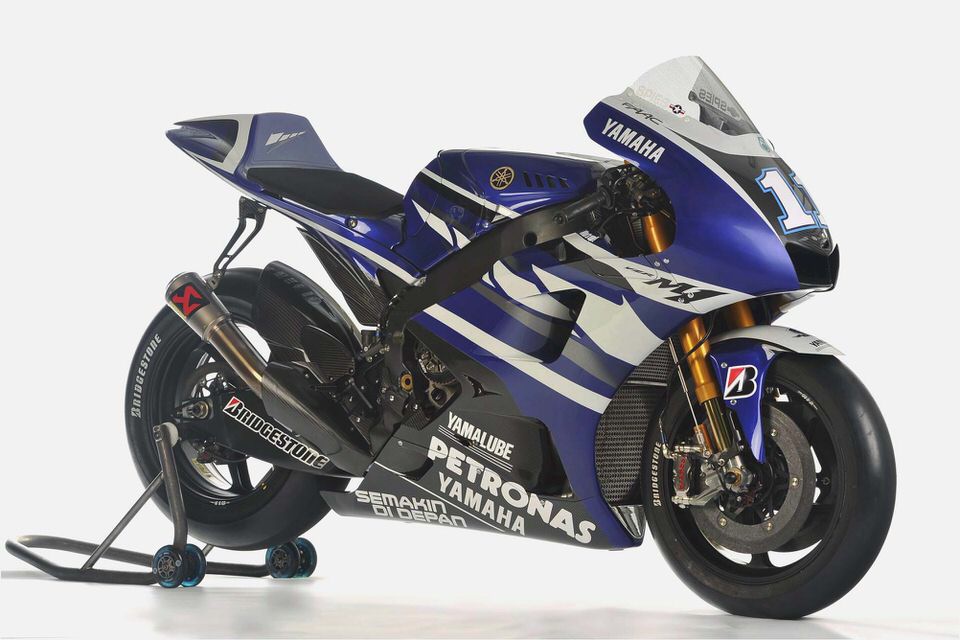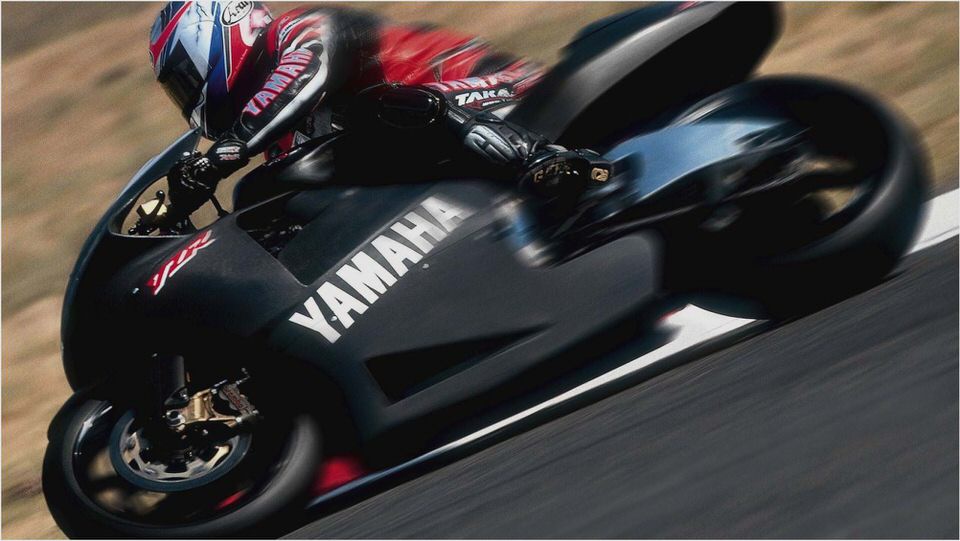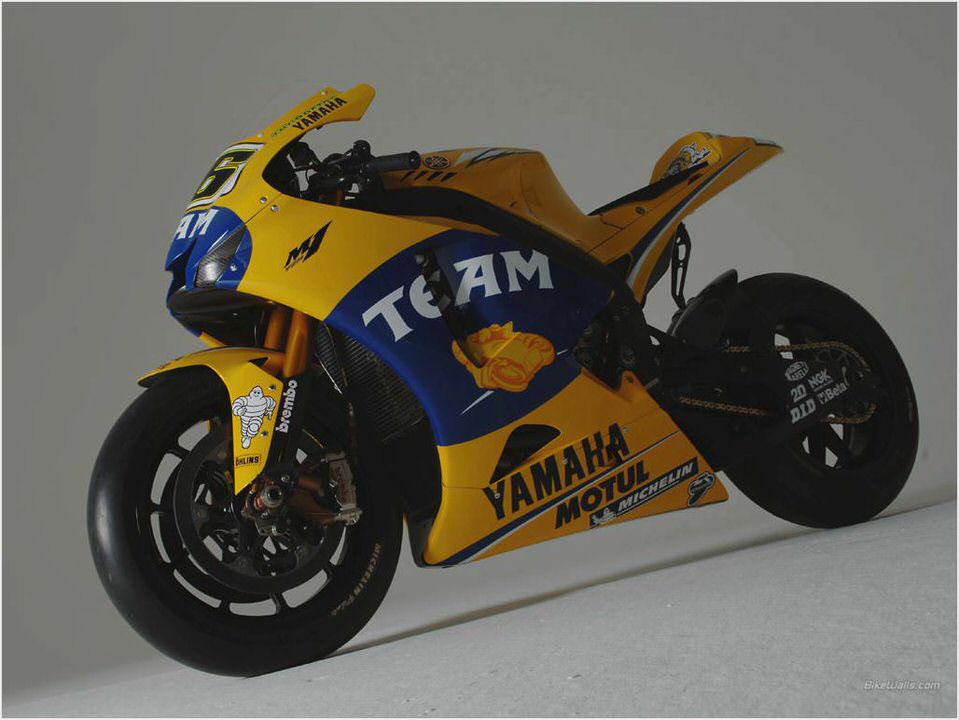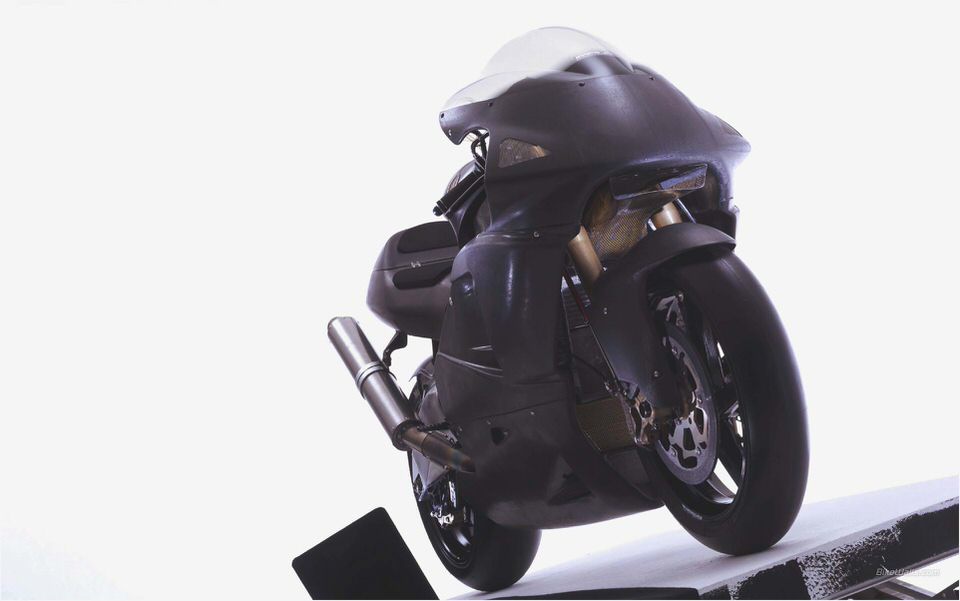
The Prince And The Pauper
If you take the horsepower of each of this month’s cover bikes and divide by their displacement, you get around 101 bhp per liter for the Star V-Max and about 120 for the Suzuki B-King. Horsepower (and torque) per liter are useful measures when comparing disparate machines. I’ve recently had occasion to compare these figures on some of the most wildly dissimilar two-wheelers in existence, and it’s been interesting.
The prince in this story is the Yamaha YZR-M1 MotoGP bike. At the end of the 2008 race season, Masahiko Nakajima, Yamaha’s MotoGP group leader, offered an unusually candid technical comparison of the ’07 and ’08 models. He didn’t reveal peak horsepower, but it’s clear from top speeds and other indications that these machines are making about 240 bhp.
So a competitive 800cc MotoGP bike is making in the neighborhood of 300 bhp per liter.
The most surprising disclosure was the extent of improvement from ’07 to ’08. Power was up by 12 percent and fuel efficiency by 6 percent. To put that in perspective, a 12 percent gain each year would double the power in seven years!
It’s unlikely that such gains are possible every year, so the achievement is really impressive.
Two power-increasing changes stand out in Yamaha’s development. First, the valve train components were lightened by a dramatic 40 percent, which both increased revs and lowered frictional losses due to the lessening of (pneumatic) valve spring pressure. Another notable reduction in internal friction was made possible by a center-oiled crankshaft. Such a crank can exist on very low oil pressure because the oil is flung outward, resulting in higher pressure at the bearings than at the supply end.
Power saved pumping oil is power added at the rear wheel.
In their development of the ’08 M1, Yamaha engineers were goaded by the (relative) failure of the ’07 bike. Their work was rewarded by Valentino Rossi winning the ’08 world championship. For ’09, the competition is under pressure to bring their bikes to the top. Can they achieve power gains on the order of 10 to 12 percent?
I wouldn’t bet on it, but they’ll be trying.
If the prince of this piece makes an astonishing 300 bhp per liter, the pauper churns out a mere 44. The current Royal Enfield 500 is an air-cooled, two-valve, pushrod single that makes 22 bhp at 5400 rpm. These bikes are almost unchanged from when they were first produced in India in 1955, but their design goes back further than that.
They are truly a piece of history-a kind of sepia photograph of an earlier time.
But I got a bit of a shock when I found that the ’08 Harley-Davidson Cross Bones Motorcyclist recently tested also makes 44 bhp per liter. Mirroring the Enfield, its 70-bhp, 1584cc V-twin is also an air-cooled, two-valve, pushrod design. Its power peaks just 200 revs below the Enfield’s at 5200 rpm.
Harley’s engineers have refined the Twin Cam motor with counterbalancers and fuel injection; surely they can give it more power per liter than the Enfield? Maybe not. Let’s look at their limitations: The fact that these engines are air-cooled is certainly a factor, but there are air-cooled BMWs, Buells and Ducatis that make about 85 bhp per liter.
The fact that they use two valves per cylinder also is a factor, but again, look at the two-valve Buells and Ducatis.
The biggest limiting factor here is rpm. Neither the Enfield nor the Harley wants to be revved much past its 5000-plus-rpm limit. Big singles without counterbalancers, and big, narrow-angle V-twins (even with balancers) are not rev-happy machines. It’s easier with these engines to use their torque at low revs to make them user-friendly.
At 5000 rpm, pushrod valve trains are happy and two valves can handle the flow. Would these engines make a lot more power with overhead cams and four valves per cylinder? The example of the Victory Kingpin tested alongside the Harley shows the Victory making 46 bhp per liter with its more sophisticated valve gear and intakes-only a 4 percent benefit.
The prince, with 300 bhp per liter and the ’08 MotoGP world championship under its belt, is obviously a successful motorcycle in terms of performance. But don’t laugh at the pauper, getting by on 44 bhp per liter. Success can also be defined in terms of a long production history like the Enfield’s-or by an unrivalled sales history like Harley-Davidson’s.




- New “XJ6 Diversion” to be released as 2009 European model Designed as…
- 2010 Star V Star 950 Comparison – Motorcycle USA
- Motorbike: 2013 Yamaha V-Star 950 Tourer Motorcycle pictures, review and…
- 2013 Yamaha TMAX Black Max review and specs – Best Motorbikes 2013 2014
- Yamaha BT1100 Motorcycle Service Manual BT 1100 2002 ,2005
